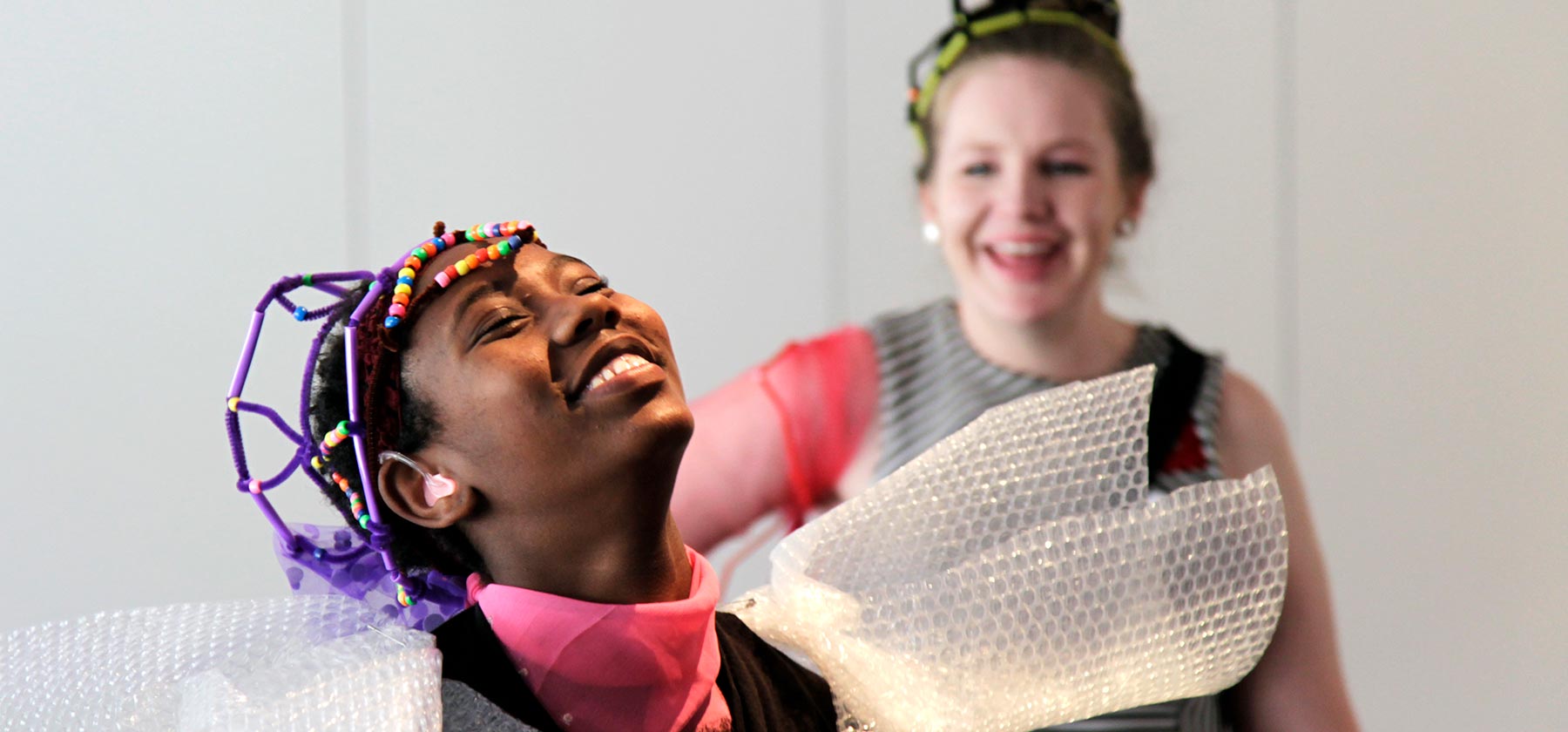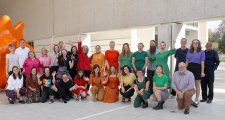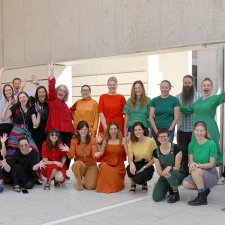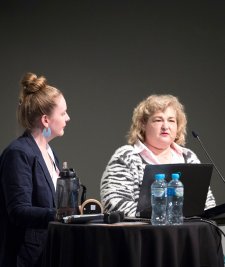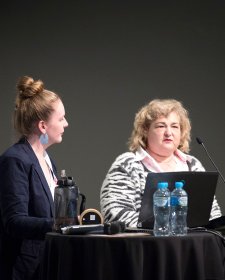This document will act as the National Portrait Gallery’s roadmap over the next three years, as we continue to improve the accessibility and inclusivity of our organisation and the exhibitions, programs, events and facilities we provide for our community and staff. It covers onsite, online and outreach work. This document is also available in PDF and Microsoft Word format. Hard copy formats in both large and standard print and other alternative formats are also available on request. This DIAP is also registered with the Australian Human Rights Commission (AHRC).
We value community feedback on our progress in meeting the goals and actions outlined in our DIAP. We encourage individuals and organisations to share their thoughts, ideas and experiences with us to ensure our continued improvement.
For enquiries, feedback and services, please contact:
Email: info@npg.gov.au
Telephone: +61 2 6102 7000
If you are d/Deaf, hard of hearing or have a speech impairment, please contact us via the National Relay Service: 1800 555 660.
